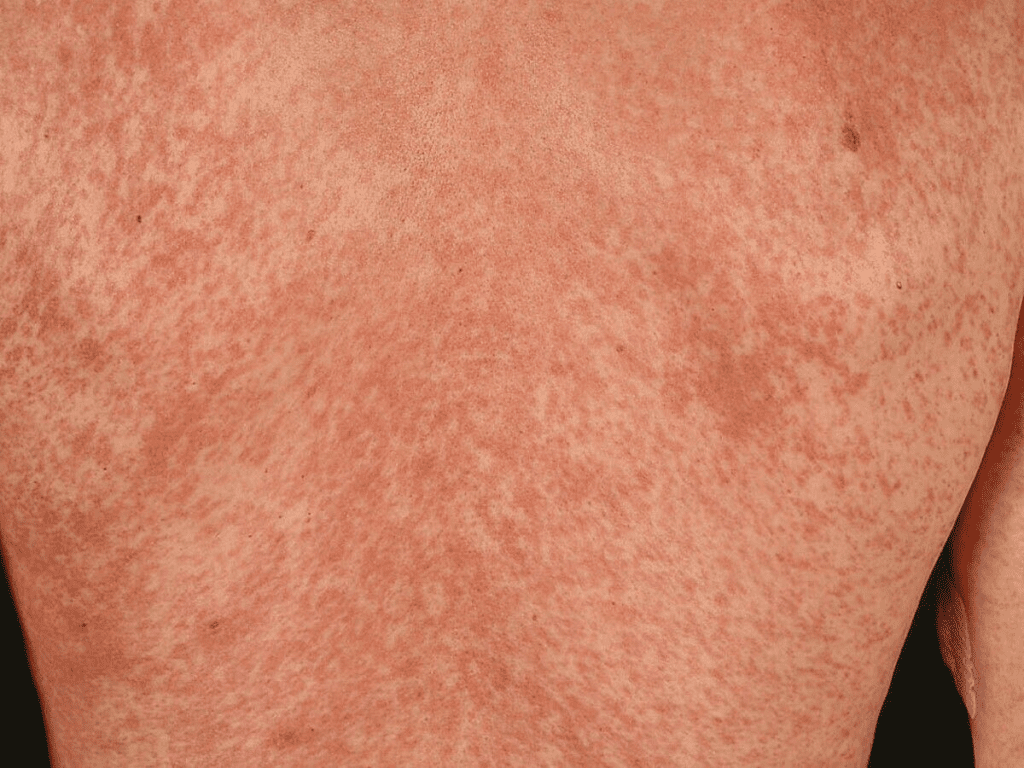When we think about immunotherapy, we often focus on the groundbreaking benefits—it helps your immune system fight cancer more effectively. But there’s another side to the story, one that doesn’t get as much attention: your skin. Surprisingly, your skin can become a mirror of what’s going on inside your body, especially when you’re undergoing immune-based treatments.
From itchy patches to unexpected pigmentation changes, your skin may begin to signal that something deeper is at play. And while some symptoms may seem minor at first, they can grow uncomfortable or even alarming if left unchecked.
Let’s break down the most common skin-related side effects of immunotherapy, what they might mean, and why staying alert to these symptoms is essential for your overall health.
Mouth Sores (Mucositis): A Painful Beginning

One of the first places side effects might appear is inside your mouth. Known as mucositis, these painful mouth sores can make eating, drinking, and even speaking uncomfortable.
So why does this happen? Immunotherapy can cause inflammation in the mucous membranes. Your immune system, now supercharged to fight cancer, might accidentally attack healthy tissues in your mouth too. It’s your body’s version of “friendly fire.”
How it feels:
- Burning or tingling on the tongue and gums
- Pain when swallowing
- Red or white patches inside the mouth
Think of it as a warning light—your immune system is active, maybe a little too active. Soothing rinses, good oral hygiene, and talking to your doctor early can help prevent worse complications.
Hair Loss (Alopecia Areata): When the Scalp Joins the Fight
Losing hair during cancer treatment is nothing new, but with immunotherapy, it’s a bit different. Instead of general thinning, patients may experience alopecia areata—patchy, circular bald spots caused by immune cells attacking hair follicles.
It’s startling, yes—but not dangerous. And sometimes, the hair grows back once the immune system calms down.
What to expect:
- Sudden round bald patches on the scalp
- Eyebrow and eyelash thinning in some cases
- Usually painless, but emotionally tough
The emotional toll of hair loss is real. Don’t be afraid to explore wigs, scarves, or counseling. It’s not vanity—it’s self-care.
Video : 12 Things You NEED to Know About Radiation (SAVE YOUR SKIN)
Loss of Skin Pigmentation (Vitiligo): A Changing Canvas
Another immune-related condition you might notice is vitiligo—the gradual loss of pigment in patches of skin. It happens when your immune system targets melanocytes, the cells that give your skin color.
While not physically painful, this condition can be socially and emotionally distressing. Some patients even feel self-conscious about the sudden color change.
Common signs:
- White patches on hands, face, or neck
- Symmetrical depigmentation
- No itch or burn—just visual change
It’s your skin’s way of saying, “Hey, something’s off-balance.” Treatments like light therapy or topical corticosteroids may help, but most importantly, it’s harmless—just different.
Itchy Lesions (Lichenoid Dermatitis): A Skin Rebellion
Ever dealt with a rash that just won’t go away? With immunotherapy, it might be more than just dry skin. Lichenoid dermatitis causes flat, itchy lesions that resemble eczema or lichen planus.
These aren’t just irritations—they’re immune reactions. Your body’s natural defenses might be mistakenly attacking your skin, creating rough, purplish patches.
Look out for:
- Persistent itching
- Red to violet flat bumps
- Areas that spread or worsen with scratching
Hydrating lotions won’t cut it. You’ll likely need medicated creams or prescriptions to calm your immune system’s reaction.

Fluid-Filled Blisters (Bullous Pemphigoid): A Deeper Warning
This is one of the more severe skin complications. Bullous pemphigoid causes painful, fluid-filled blisters that can burst or get infected. It’s not common, but it’s serious.
Blisters form because the immune system attacks the skin’s basement membrane—the structure that holds layers together. Think of it like the glue failing in a multi-layered cake.
Symptoms to watch for:
- Clusters of large, tense blisters
- Often around the chest, arms, or abdomen
- Skin may feel tight or sore before they appear
If this happens, call your doctor immediately. It may require corticosteroids or even pausing treatment temporarily.
Dry Skin and Pink Patches (Xerosis and Dermatitis): The Itch That Won’t Quit
Dryness is common during cancer treatment, but xerosis from immunotherapy can become extreme. Add in dermatitis—inflammation that causes pink patches—and you’ve got an itchy, frustrating combo.
What it feels like:
- Cracked, flaky skin that stings
- Patches of pink or red irritation
- Tightness after bathing
Use fragrance-free moisturizers, gentle cleansers, and lukewarm water only. And skip the loofah—it does more harm than good.
Why These Reactions Happen: Understanding the Immune System’s Overdrive
Immunotherapy works by turning your immune system into a cancer-fighting machine. But sometimes, it can’t tell the difference between invaders and your own healthy tissues. When that happens, side effects appear where you’d least expect—your skin, scalp, mouth, and more.
Video : 10 signs & Symptoms of Cancer
It’s like upgrading your home security system… and then realizing it keeps locking you out too. The goal is to strike a balance, and that’s where your care team comes in.
So, What Should You Do If You Notice These Symptoms?
Don’t panic. But don’t ignore them either.
- Document everything: Take pictures, write down when symptoms started, and how they feel.
- Tell your oncology team immediately: Many of these issues are manageable, especially when caught early.
- Avoid self-treatment: Some over-the-counter solutions might make things worse. Always get professional advice.
Conclusion: Your Skin Is Speaking—Are You Listening?
Your skin isn’t just an outer layer; it’s a communicator. During immunotherapy, it might be the first place your body shows signs of distress. From mild rashes to serious blisters, every reaction is your body’s way of asking for support.
By paying close attention and working with your healthcare team, you can manage these skin side effects while continuing your fight against cancer. Immunotherapy is powerful, but so are you—and listening to your skin is just one more way to stay ahead.


